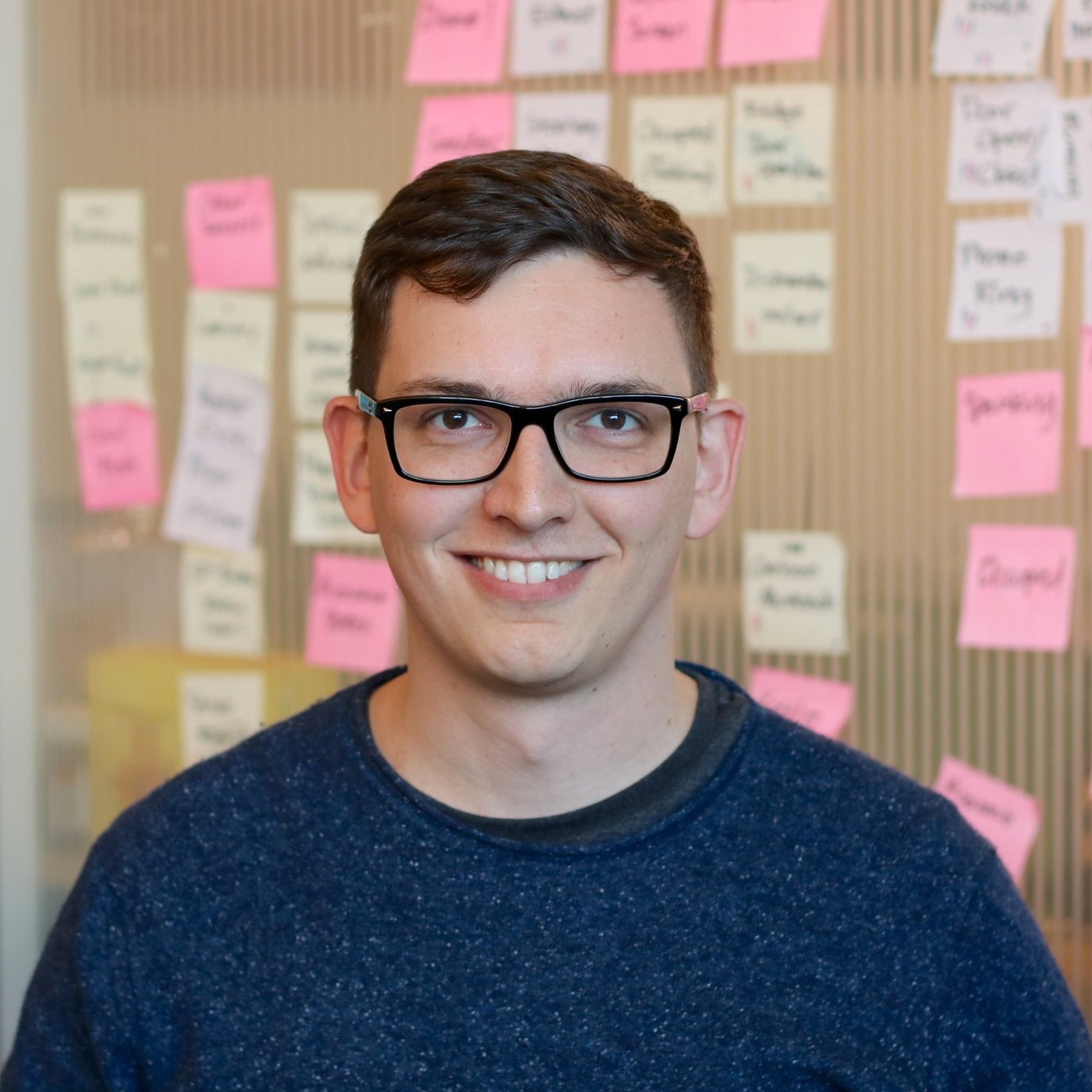Cited By
View all- Windl MLeusmann JSchmidt AFeger SMayer SKelley PKapadia A(2024)Privacy communication patterns for domestic robotsProceedings of the Twentieth USENIX Conference on Usable Privacy and Security10.5555/3696899.3696906(121-138)Online publication date: 12-Aug-2024
- Yangfu RZhiqiang LSonghai Z(2024)Survey of visualization methods for multiscene visual cue information in immersive environmentsJournal of Image and Graphics10.11834/jig.22114729:1(1-21)Online publication date: 2024
- Mack NSchümmer FRose MTobias M(2024)Evaluating Text Placement in Information-Rich Virtual Environments: A User Study on Controller-Anchored TextProceedings of the 13th Nordic Conference on Human-Computer Interaction10.1145/3679318.3685400(1-10)Online publication date: 13-Oct-2024
- Show More Cited By





